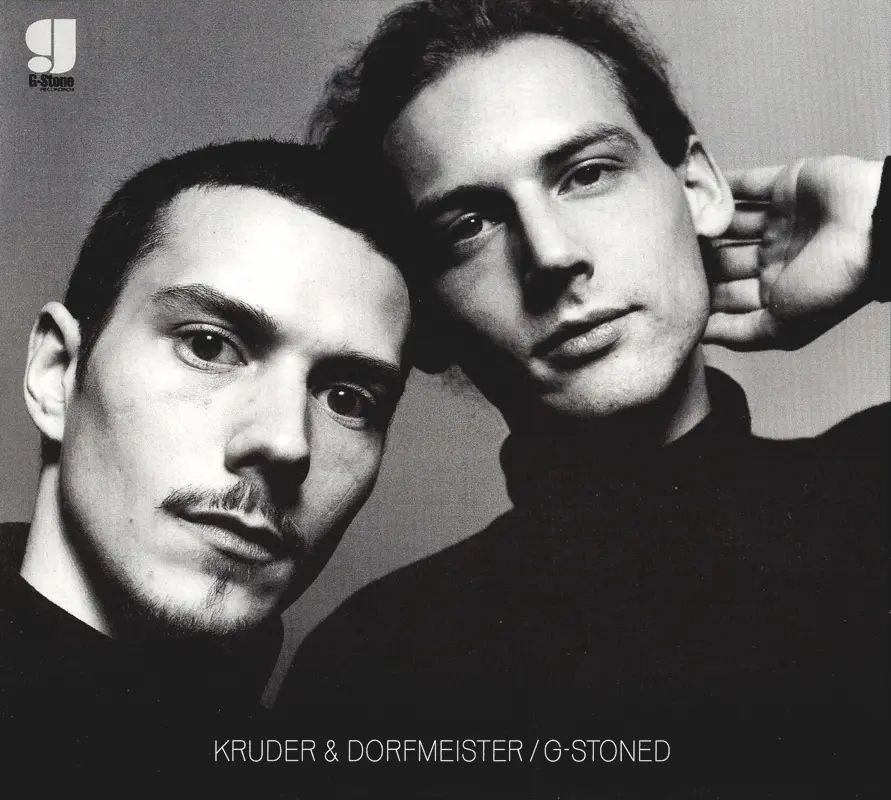Kruder & Dorfmeister — G-Stoned. Story behind first release and creation of eponymous label

“We just smoked all day long and planned to continue, but soon we got bored and started making music,” jokes Richard Dorfmeister openly.
His partner, Peter Kruder, talks about his memories a little bit more seriously. “I met Richard in 1991. Peter Rauhofer (the first Viennese house musician) was working on the Danube Dance compilation with the guys from the Viennese electronic scene. I offered a track, recorded with friends. We worked in the studio before the memory of our sampler got broken. And someone advised us to talk to Richard because he had the same. We worked in our studio and invited him to play the flute on a couple of our tracks. My path and the band’s soon separated but I kept in touch with Richard. He went to London for a year at that time, and I had a great offer to work in Los Angeles as a hairdresser with Peter Savic. This stylist was a real icon at the time; he was the one who made Madonna blonde. And I was a free person at the time and I earned decent money in Vienna—a thousand shillings a day (around 93 $ according to the rate at that time). So I could work for only four days and spend the rest of my time making music.


